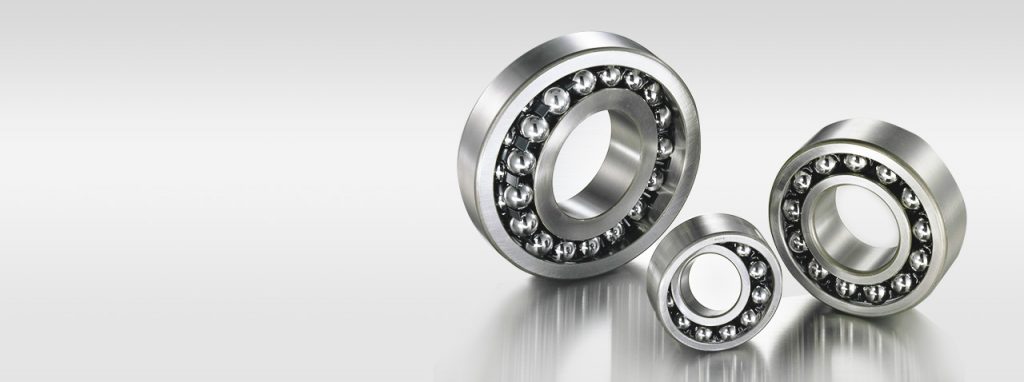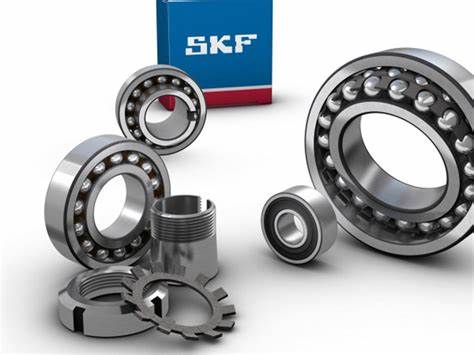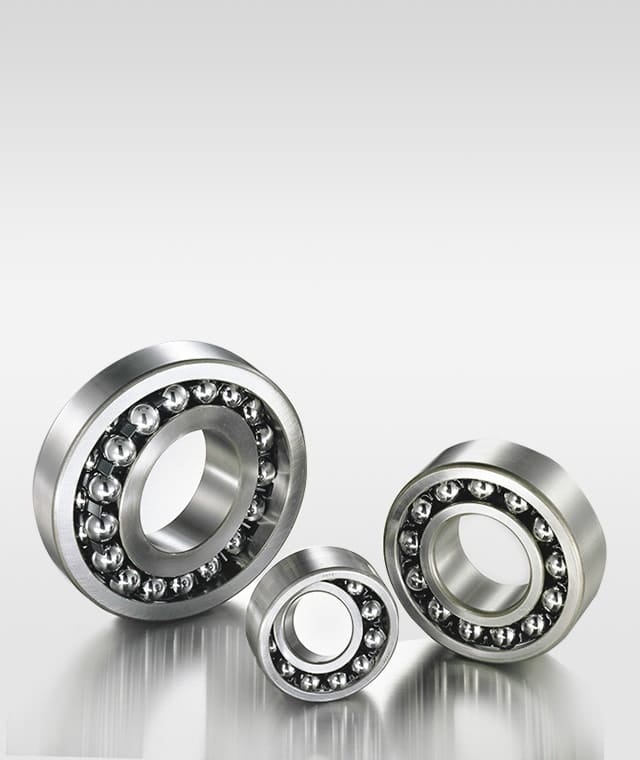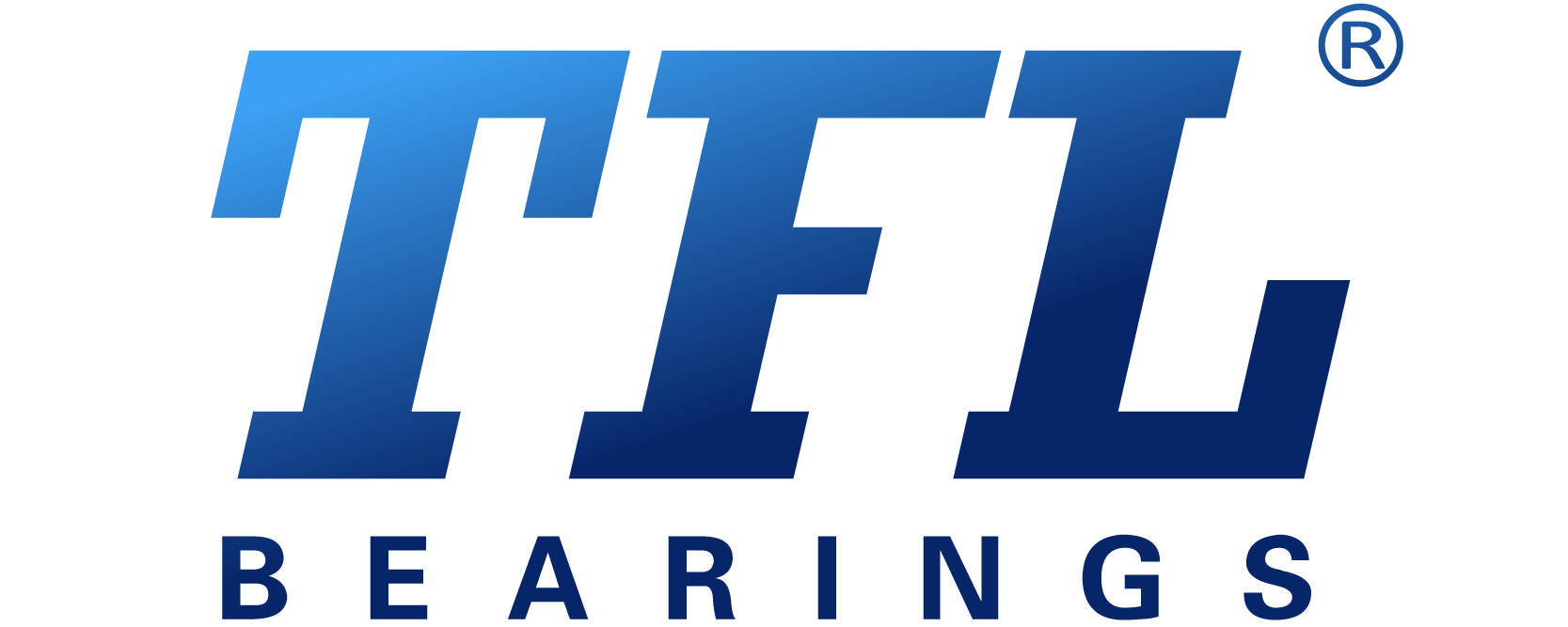When to use self-aligning ball bearings?

Self-aligning ball bearings are widely used in the machinery industry.
Self-aligning ball bearings are double-row bearings with spherical outer ring raceways. Its inner ring, ball, and cage can freely rotate around the bearing center and has self-aligning performance. Its self-aligning ability can compensate for alignment errors, shaft deformation, and bearing seat deformation.
The bearing is suitable for transmission bearings where the shaft and the upper shell are difficult to align, and the shaft is easy to bend. Self-aligning ball bearings can withstand axial and radial loads in both directions.

SKF invented the self-aligning ball bearing. This SKF bearing has two rows of balls and a common concave spherical raceway on the outer ring.
There are many designs of self-aligning ball bearings manufactured by SKF. They are the basic design of open bearings, sealed bearings, and open bearings.
The structure of self-aligning ball bearing:
Self-aligning ball bearings have two structures: cylindrical bore and tapered bore. The material of the cage is steel plate, synthetic resin, etc. Its characteristic is that the outer ring raceway is spherical, with a self-aligning function, compensating errors caused by misalignment and shaft deflection. Nevertheless, the relative inclination of the inner ring and outer ring must not exceed 3 degrees.
Spherical roller bearings can bear radial load and axial load in two directions-large radial load capacity, suitable for heavy loads and shock loads. The inner diameter of the inner ring is a bearing with a tapered hole, which can be directly installed. Or use an adapter sleeve and a disassembly cylinder to install it on the cylindrical shaft. The cage comprises a steel plate pressed cage, a polyamide molding cage, and a copper alloy automobile cage.
Features of self-aligning ball bearings:

The self-aligning ball bearing mainly bears the radial load and can bear a small axial load. The axial displacement of the shaft (housing) is limited to the clearance limit. It has self-a aligning performance, allowing it to work normally when the inner and outer sides are relatively inclined. It is suitable for the part where the coaxiality of the support seat hole cannot be strictly guaranteed.
The bearing is self-aligning and will not be affected by the misalignment of the shaft relative to the bearing housing. It is particularly suitable for bearing applications where severe shaft deflection or misalignment may occur. In addition, SKF self-aligning ball bearings have the least friction of all rolling bearings so that they can maintain low temperatures even at high speeds.
SKF self-aligning ball bearings also provide seals with contact seals on both sides of the bearing-designation suffix 2RS1. These steel plate reinforced seals are made of oil- and wear-resistant nitrile rubber (NBR rubber). These seals allow working in the operating temperature range of -40°C to +100°C and withstand temperatures up to +120°C in a short period of time.
The sealing lip contacts the smooth chamfer on the inner ring with slight pressure.
Self-aligning ball bearings with dust caps and seals are filled with a proper amount of grease during assembly. The bearing should not be heated or cleaned before installation, and there is no need to relubricate during use. They are suitable for working temperatures between -30 ℃ and 120 ℃. Self-aligning ball bearings are mainly used in railways, low-noise motors, automobiles, motorcycles, and general machinery. They are the most widely used bearings in the machinery industry.
Contact: Candice
Email: info@tflbearing.com
MP/Whatsapp: (86)15806631151
WeChat: 15806631151
